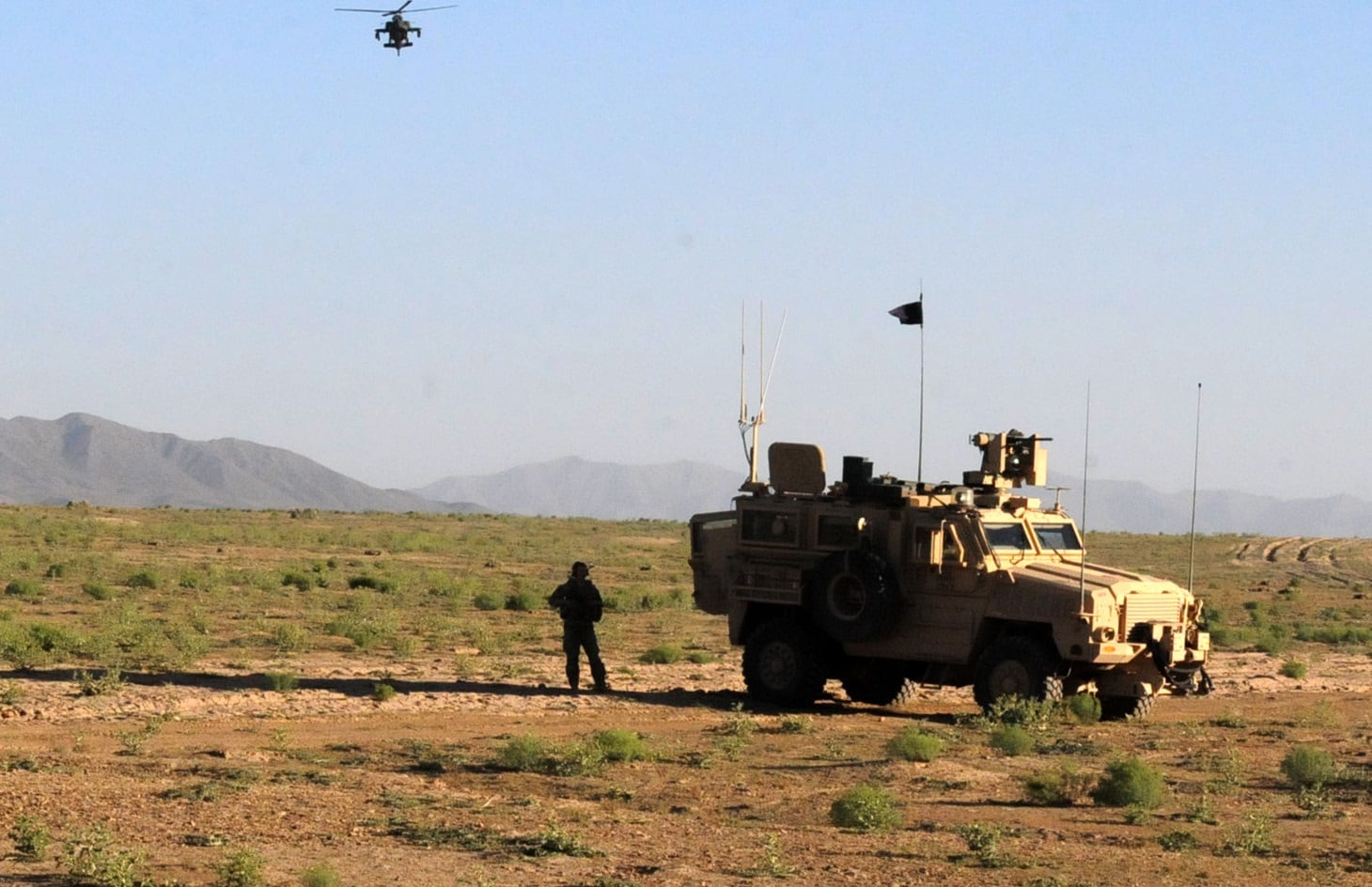Senior military officials will brief President Donald Trump on several timelines to withdraw forces from Afghanistan, including one to remove all troops by Election Day this November, according to five officials cited in a recent New York Times report.
Pentagon spokesman Jonathan Hoffman declined to discuss specific meetings with the president, but said on Tuesday that any reduction under the agreed upon 8,600 troop number will be conditions based. He added, however, that the recent ceasefire over the Muslim holiday of Eid al-Fitr and the Afghan government’s release of 900 Taliban as part of a prisoner swap were “incredibly encouraging."
“It’s been clear for some time that the U.S. has been looking at different options in how we’re going to continue with our presence in Afghanistan,” Hoffman said at the Pentagon. “The bottom line is, we’ve said for many months and years now, that the future of Afghanistan is going to be best suited for peace when there is an agreement between inter-Afghan parties.”
Senior military officials will brief the president in “the coming days” on the various draw down timelines, the Times reported. Bringing all U.S. troops home by Election Day may be the president’s preferred choice given his past pronouncements to withdraw all U.S. forces from Syria in December 2018 and again in October 2019, neither of which fully came to fruition.
Officials who spoke with the Times said they intend to advocate for slower withdrawal timelines in order to ensure the peace agreement is lasting. One of those timelines extends into May 2021.
RELATED

Under the February agreement with the Taliban, the U.S. military plans to draw down to 8,600 troops in the country. The current number of U.S. troops is at less than 12,000.
“Right now, we’re moving to 8,600,” said Hoffman. “So we had 135 days, and in July we’ll reach that number. That’s part of the recommendation by the commander. Any reductions under that will be conditions based after the U.S. government assesses the security environment and the Taliban’s compliance with the agreement, and in coordination with our NATO allies and partners.”
As recently as May 5, Secretary of Defense Mark Esper told reporters that the Taliban were not living up to their commitments agreed upon between U.S. diplomats and the militant group in Doha, Qatar, on Feb. 29.
Data on enemy initiated attacks is no longer being publicly released. However, an April 30 report by the Special Inspector General for Afghanistan Reconstruction stated that Taliban fighters have refrained from attacks against coalition and U.S. troops, but "increased attacks against ANDSF [Afghan security forces] to levels above seasonal norms.”
The Times also reported that the president is concerned about the spread of coronavirus in Afghanistan, which has forced some smaller U.S. special operations outposts to close earlier than planned and paused advise and assist missions with Afghan security forces. The current timetable for withdrawal leans heavily on the use of special operators.
Kyle Rempfer was an editor and reporter who has covered combat operations, criminal cases, foreign military assistance and training accidents. Before entering journalism, Kyle served in U.S. Air Force Special Tactics and deployed in 2014 to Paktika Province, Afghanistan, and Baghdad, Iraq.





